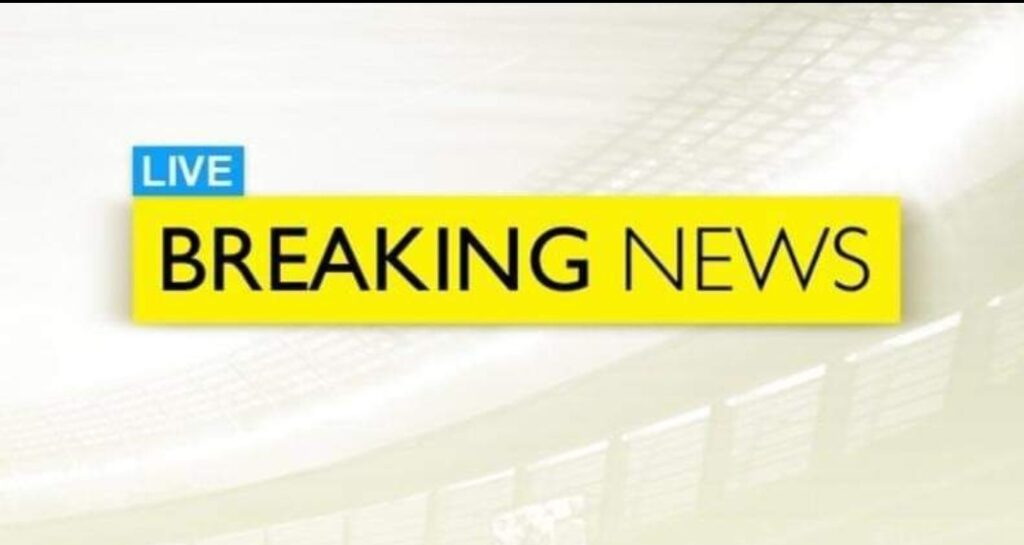Mikel Arteta’s Arsenal faced a crucial Premier League showdown with Chelsea, and the manager made significant adjustments to the starting lineup for this highly-anticipated match. In a notable move, Arteta opted for a 4-2-3-1 formation, a departure from their previous setups in the Premier League this season. This tactical shift aimed to maximize the team’s potential against the formidable Chelsea side and capitalize on their impressive start to the campaign, securing 20 points from the first eight games. The only factor that separated them from the league leaders, Tottenham Hotspur, was their goal difference.
In the goalkeeper position, David Raya retained his spot as the first choice, reaffirming his status as Arteta’s go-to option in Premier League matches since his debut in late September. This decision meant that Aaron Ramsdale had to wait for his chance on the bench once again.
The defensive line appeared to remain unchanged from the previous victory over Manchester City. Ben White and Oleksandr Zinchenko were poised to maintain their roles as full-backs, while William Saliba and Gabriel Magalhaes formed the central defensive partnership. Interestingly, Saliba had withdrawn from international duty with France due to a foot problem, but it was speculated that Arteta might be playing mind games as the Frenchman had previously shown no signs of struggle against strong opponents like City.
In midfield, Arteta was expected to opt for his most formidable combination. The noteworthy decision was to bench Jorginho, who had shown some nervousness in the early exchanges against City before the break. The preference seemed to be for Thomas Partey in the number six position for this London derby. This adjustment allowed Declan Rice to assume a more creative midfield role, supported by Martin Odegaard, who was set to operate as the number 10.
Further up the field, it was anticipated that there would be two changes in the lineup. Eddie Nketiah and Leandro Trossard were expected to miss out on this important match. Despite Bukayo Saka being initially deemed injured before the City clash, his exceptional recovery capabilities suggested that he would likely return to the right-wing position. On the opposite flank, Gabriel Martinelli, who had previously netted the match-winning goal against City, was poised to start. Leading the Arsenal attack was Gabriel Jesus, who was set to take the center forward role.
Arteta’s selection reflected a blend of tactical adjustments and trust in his key players, all aimed at securing another important victory against Chelsea. The choice to adopt the 4-2-3-1 formation hinted at the manager’s adaptability and his determination to maintain Arsenal’s winning momentum in this challenging Premier League season.
